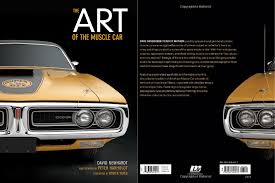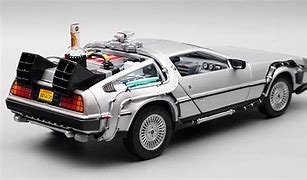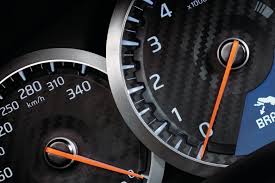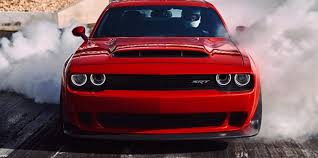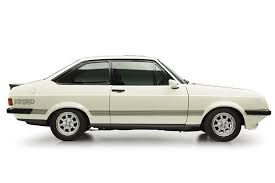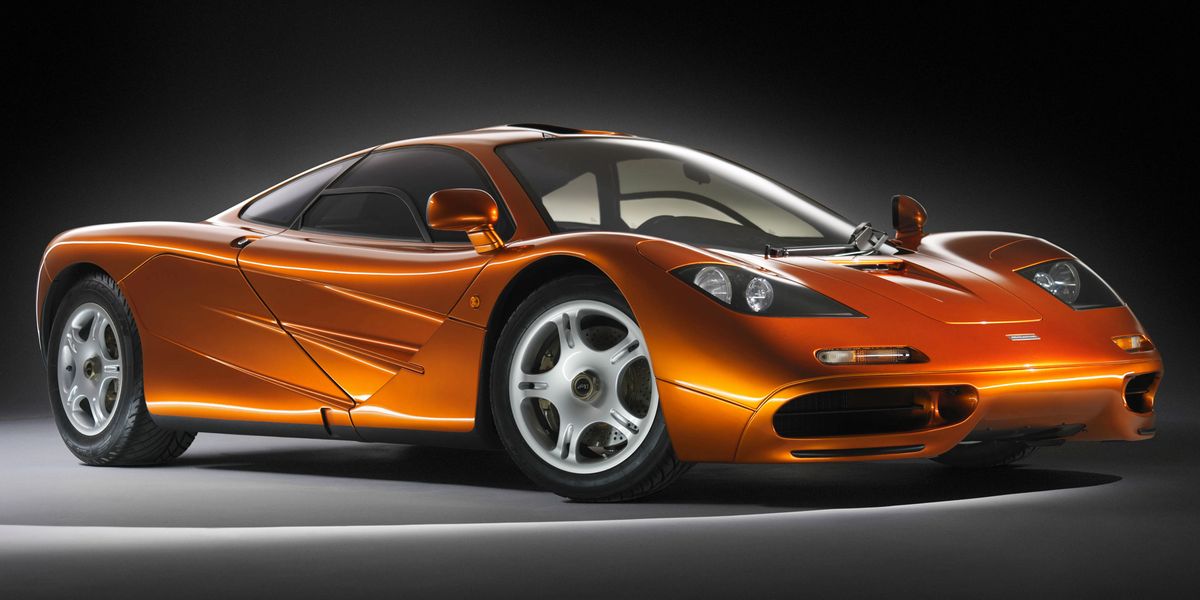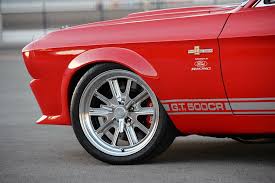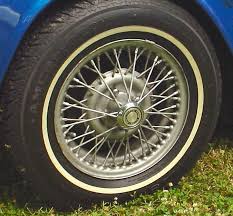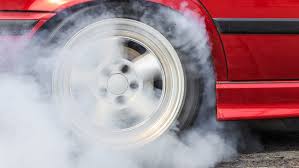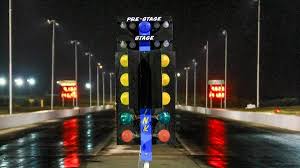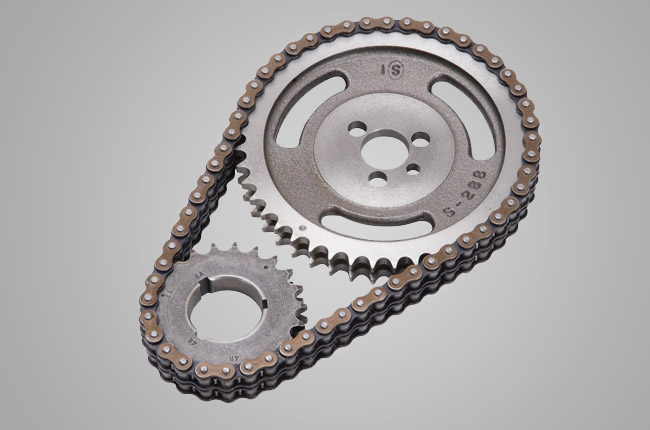


This edition of the Mitsubishi Lancer Evo GSR is the 5 speed / Manual version and was first brought out in 2012. This was at around the same time as the introduction of the 2012 Bugatti Veyron 16.4 Grand Sport Vitesse and the 2013 Caterham 7 620 R 2.0 L Supercharged.This particular Mitsubishi Lancer has a 1998cc Turbo Petrol powerplant with 4 cylinders in a St formation.
The Lancer shares its Petrol St4 engine configuration with the likes of the 2019 Ariel Atom 4 2.0 Turbo and the 2013 Caterham 7 620 R 2.0 L Supercharged. If you're looking for other fast cars which share the Lancer's All Wheel Drive, Saloon combination then how about the or the .
Weighing in at 1595 kgs (3516 lbs) this makes the Mitsubishi Lancer Evo GSR in the same weight category as the 2022 Porsche 911 Carrera T 3.0 Turbo PDK 992 or the give or take 50kg.
![Toyota Corolla GR Morizo Edition 1.6 Turbo - [2023] image Toyota Corolla GR Morizo Edition 1.6 Turbo - [2023] image](/editionimages/2397.webp)
The Mitsubishi Lancer shares the same bhp with the 2023 Toyota Corolla GR Morizo Edition 1.6 Turbo (300 bhp)
In terms of power the 1998cc 16V St4 engine produces 291 bhp (216 kW) @ 6500 rpm similar to the 2023 Toyota Corolla GR Morizo Edition 1.6 Turbo (300 bhp) or the 2023 Porsche Cayenne E-Hybrid 3.0 V6 Turbo (300 bhp).
The Turbo St4 throws out 270 lb-ft (366.0 Nm) @ 3500 rpm placing it with cars of similar torque performance figures such as the 2023 Toyota Corolla GR Morizo Edition 1.6 Turbo (295 lb-ft) or the 2023 Toyota Corolla GR Circuit Edition 1.6 Turbo (273 lb-ft).
If one combines the weight with power or torque performance for the Mitsubishi Lancer you can get a better idea of it's real world performance.
![BMW 1 Series M140i xDrive F20 - [2016] image BMW 1 Series M140i xDrive F20 - [2016] image](/editionimages/1765.jpg)
The 2016 BMW 1 Series M140i xDrive F20 (207.4 bhp per ton) has similar Bhp Per Ton stats as the Mitsubishi Lancer.
The Mitsubishi Lancer has a Power to weight ratio of 182.4 bhp per ton and 169.2 lb-ft per ton. Bhp Per Ton figures of the 2012 Lancer competing with the 2016 BMW 1 Series M140i xDrive F20 (207.4 bhp per ton) or the 1951 Jaguar C Type 3.4L (207.2 bhp per ton).
If you agree with the late great Carroll Shelby then arguably an even better indicator of potential performance, Torque. Use weight as well and you end up with - Torque per ton, with the Mitsubishi Lancer generating around 169.2 lb-ft per ton. If you're curious as to what other cars have as much torque to weight then look no further than the 1977 Lamborghini Countach LP400S (194.1 lb-ft per ton) or the 2003 Volvo S60 2.5R (194.0 lb-ft per ton).
With a 0-60mph time of 5.80 secs or a 0-100km/h (0-62mph) of 6.0 secs, this made the Mitsubishi Lancer Evo GSR as fast as the 2021 KIA K5 GT 2.5 Turbo (5.80 secs) the 2020 Toyota Camry TRD 3.5 V6 (5.80 secs) the 2017 Renault Megane RS 1.8 Turbo 280 (5.80 secs) the or the 2017 Seat Leon ST Cupra 300 DSG (5.80 secs). This Mitsubishi Lancer Evo GSR is also faster than the 2019 Ford Focus ST 2.3 EcoBoost Automatic Wagon (5.90 secs) the 2019 Ford Focus ST 2.3 EcoBoost Automatic (5.90 secs) the 2017 Hyundai i30 N Performance 2.0 Turbo (5.90 secs) the and the 2015 Seat Leon ST Cupra 280 (5.90 secs).
When talking about the performance of the Mitsubishi Lancer on the drag strip it can reach a quarter mile in an estimated 13.87 secs @ 98.6 mph. Similar performance down the quarter mile can be found with the the 1998 Honda NSX 3.2 V6 (13.81 secs), the 2013 Audi A8 4.2 TDi Quattro (13.81 secs), and the 2014 Seat Leon Cupra 265 (13.81 secs).
Modern performance cars are often artificially restricted to 155mph. The 2012 version of the Mitsubishi Lancer Evo GSR has a maximum speed of 149mph.
If maxing out your car on the AutoBahn is your thing and you're wondering what's faster than the 2012 Mitsubishi Lancer Evo GSR then how about the 2023 Lotus Eletre 603 bhp (160 mph), the 2022 Lotus Eletre S 603 bhp (160 mph), or the 2009 Lotus Evora 3.5 V6 (160 mph).



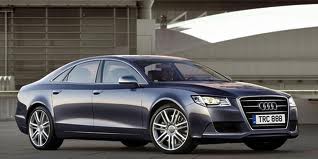


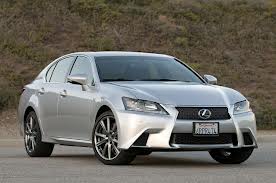



Vauxhall-Opel Manta 400 2.4
Engine: Naturally Aspirated Petrol | 2410cc 16v St4
Top Speed: 130 mph
0-60mph: 7.00 seconds
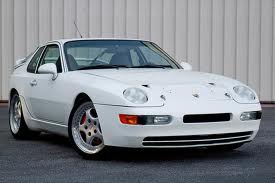
Porsche 968 3.0 Turbo S
Engine: Turbo Petrol | 2990cc 16v St4
Top Speed: 281.6 kph
0-100kph: 4.9 seconds
